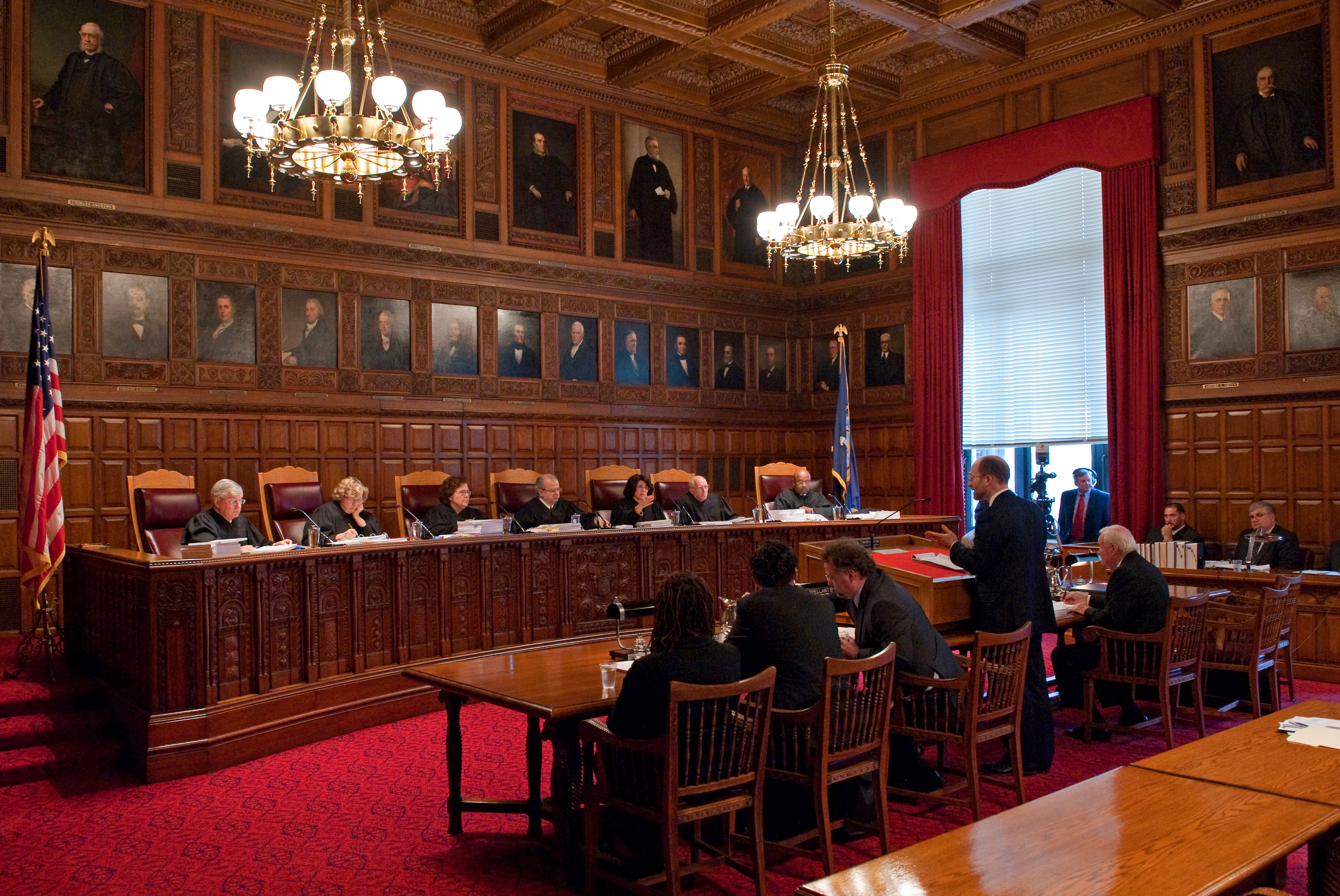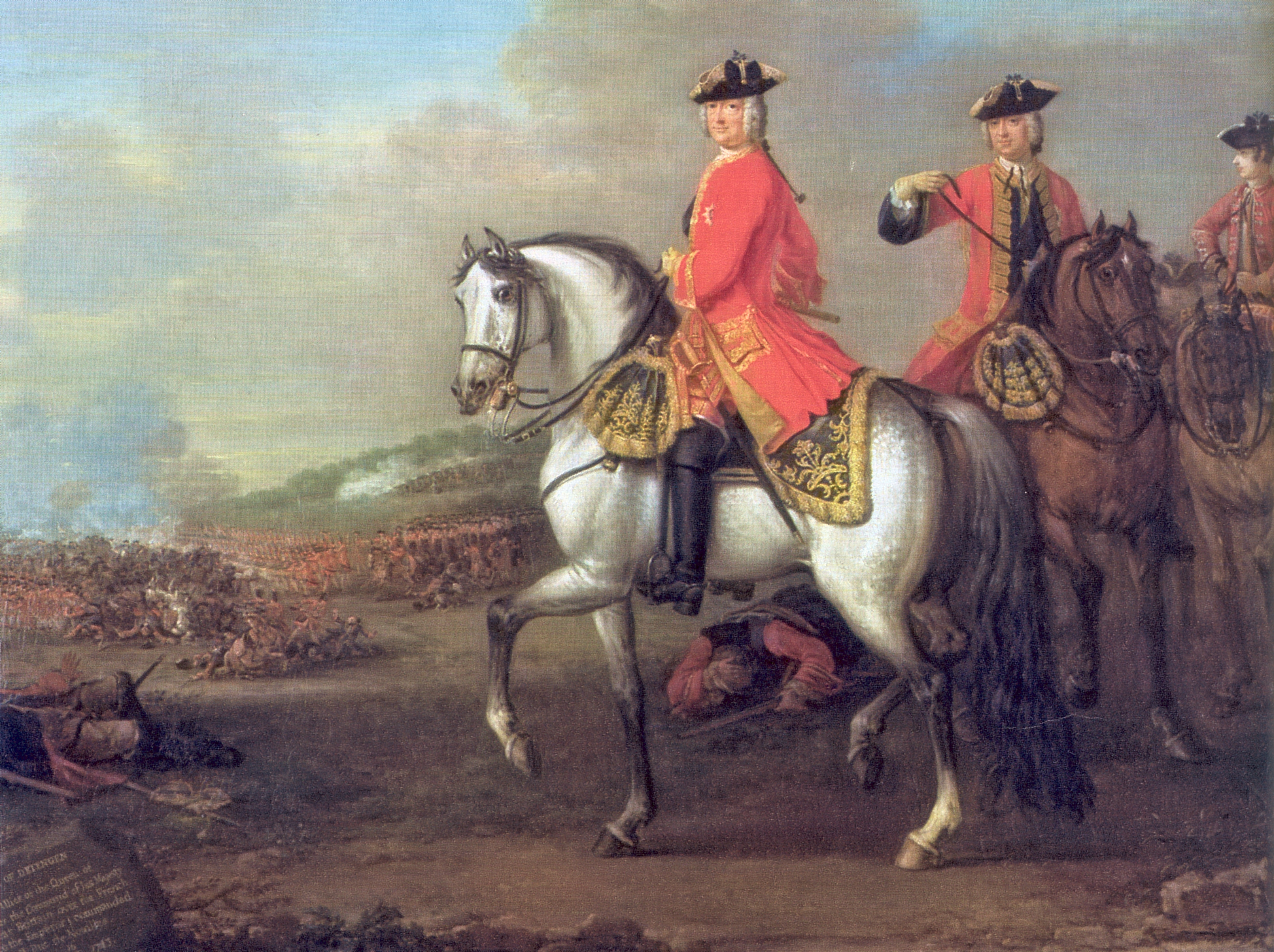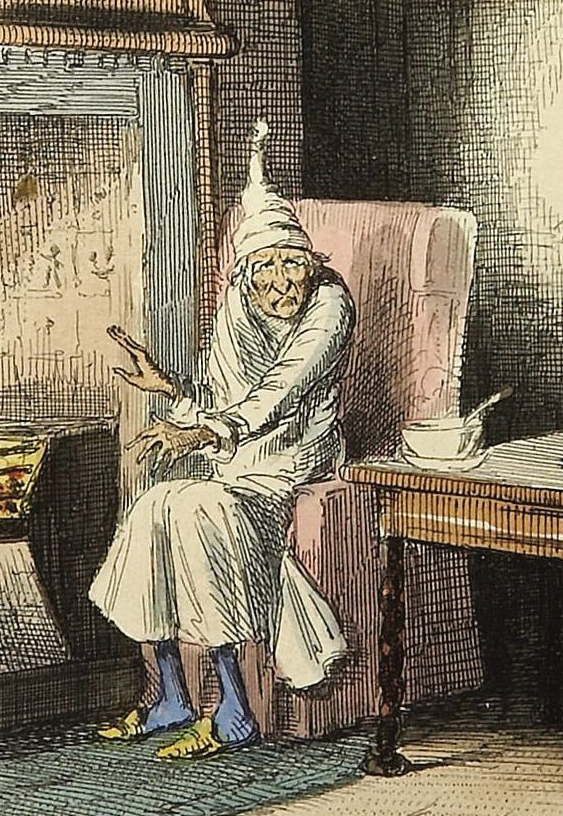|
Jan Frans Vonck
Johannes Franciscus Vonck, also known by the Francization Jean-François Vonck or the Netherlandization Jan-Frans Vonck, (29 November 1743 – 1 December 1792) was a lawyer and one of the leaders of the Brabant Revolution from 1789–1790. This Revolution led to the founding of the United States of Belgium in January 1790. Vonck was the leader of the radical Vonckists faction of revolutionaries which were named after him. They were inspired by the French Revolution, pleaded for the abolition of the feudal government of the state based on privileges and were in favour of a more centralised government. Childhood Jan Frans Vonck was born in Baardegem, the son of a well-to-do farming couple, Jan Vonck and Elisabeth van Nuffel. He had a brother who later became priest, Benedictus Hieronymus, and three sisters: Maria Anna Josepha, Anna Margaretha and Maria Theresia. Vonck studied humanities at the Jesuit college in Brussels. Afterwards, he attended the gymnasium in Geel. From 24 Janu ... [...More Info...] [...Related Items...] OR: [Wikipedia] [Google] [Baidu] |
Aalst, Belgium
Aalst (; french: Alost, ; Brabantian: ''Oilsjt'') is a city and municipality on the Dender River, northwest from Brussels in the Flemish province of East Flanders. The municipality comprises the city of Aalst itself and the villages of Baardegem, Erembodegem, Gijzegem, Herdersem, Hofstade, Meldert, Moorsel and Nieuwerkerken. Aalst is crossed by the Molenbeek-Ter Erpenbeek in Aalst and Hofstade. The current mayor of Aalst is Christoph D'Haese, from the New-Flemish Alliance party. The town has a long-standing (folkloric) feud with Dendermonde (north along the river), which dates from the Middle Ages. History The first historical records on Aalst date from the 9th century, when it was described as the ''villa Alost'', a dependency of the Abbey of Lobbes. During the Middle Ages, a town and port grew at this strategic point, where the road from Bruges to Cologne crossed the Dender. While it was within the Holy Roman Empire it was considered the capital of the province of Flanders. ... [...More Info...] [...Related Items...] OR: [Wikipedia] [Google] [Baidu] |
Statists (Belgium)
The Statists ( nl, Statisten) were a conservative political faction in the United Belgian States during the Brabant Revolution (1789–1790). They were led by Henri Van der Noot and fiercely opposed to the more radical " Vonckist" faction, led by Jan Frans Vonck. History The Statists initially tried to bring about a revocation of the reforms of the Habsburg Emperor Joseph II which they perceived as an attack on regional freedom. In 1787 they organized a wave of uprisings and rioting known as the Small Revolution and the resulting crackdown by the Austrian forces forced Van der Noot and his Statists into exile in the Dutch Republic. Statists supported Belgian independence but their main area of concern was protecting the local privileges and the Catholic Church. After the proclamation of the United States of Belgium The United Belgian States ( nl, Verenigde Nederlandse Staten or '; french: États-Belgiques-Unis; lat, Foederatum Belgium), also known as the United States of ... [...More Info...] [...Related Items...] OR: [Wikipedia] [Google] [Baidu] |
Lawyers Of The Austrian Netherlands
A lawyer is a person who practices law. The role of a lawyer varies greatly across different legal jurisdictions. A lawyer can be classified as an advocate, attorney, barrister, canon lawyer, civil law notary, counsel, counselor, solicitor, legal executive, or public servant — with each role having different functions and privileges. Working as a lawyer generally involves the practical application of abstract legal theories and knowledge to solve specific problems. Some lawyers also work primarily in advancing the interests of the law and legal profession. Terminology Different legal jurisdictions have different requirements in the determination of who is recognized as being a lawyer. As a result, the meaning of the term "lawyer" may vary from place to place. Some jurisdictions have two types of lawyers, barrister and solicitors, while others fuse the two. A barrister (also known as an advocate or counselor in some jurisdictions) is a lawyer who typically specializes ... [...More Info...] [...Related Items...] OR: [Wikipedia] [Google] [Baidu] |
Belgian Nationalists
{{Disambiguation ...
Belgian may refer to: * Something of, or related to, Belgium * Belgians, people from Belgium or of Belgian descent * Languages of Belgium, languages spoken in Belgium, such as Dutch, French, and German *Ancient Belgian language, an extinct language formerly spoken in Gallia Belgica *Belgian Dutch or Flemish, a variant of Dutch *Belgian French, a variant of French *Belgian horse (other), various breeds of horse *Belgian waffle, in culinary contexts * SS ''Belgian'', a cargo ship in service with F Leyland & Co Ltd from 1919 to 1934 *''The Belgian'', a 1917 American silent film See also * *Belgica (other) *Belgic (other) Belgic may refer to: * an adjective referring to the Belgae, an ancient confederation of tribes * a rarer adjective referring to the Low Countries or to Belgium * , several ships with the name * Belgic ware, a type of pottery * Belgic Confession, ... [...More Info...] [...Related Items...] OR: [Wikipedia] [Google] [Baidu] |
People From Aalst, Belgium
A person ( : people) is a being that has certain capacities or attributes such as reason, morality, consciousness or self-consciousness, and being a part of a culturally established form of social relations such as kinship, ownership of property, or legal responsibility. The defining features of personhood and, consequently, what makes a person count as a person, differ widely among cultures and contexts. In addition to the question of personhood, of what makes a being count as a person to begin with, there are further questions about personal identity and self: both about what makes any particular person that particular person instead of another, and about what makes a person at one time the same person as they were or will be at another time despite any intervening changes. The plural form "people" is often used to refer to an entire nation or ethnic group (as in "a people"), and this was the original meaning of the word; it subsequently acquired its use as a plural form of p ... [...More Info...] [...Related Items...] OR: [Wikipedia] [Google] [Baidu] |
1792 Deaths
Year 179 ( CLXXIX) was a common year starting on Thursday (link will display the full calendar) of the Julian calendar. At the time, it was known as the Year of the Consulship of Aurelius and Veru (or, less frequently, year 932 ''Ab urbe condita''). The denomination 179 for this year has been used since the early medieval period, when the Anno Domini calendar era became the prevalent method in Europe for naming years. Events By place Roman empire * The Roman fort Castra Regina ("fortress by the Regen river") is built at Regensburg, on the right bank of the Danube in Germany. * Roman legionaries of Legio II ''Adiutrix'' engrave on the rock of the Trenčín Castle (Slovakia) the name of the town ''Laugaritio'', marking the northernmost point of Roman presence in that part of Europe. * Marcus Aurelius drives the Marcomanni over the Danube and reinforces the border. To repopulate and rebuild a devastated Pannonia, Rome allows the first German colonists to enter territory ... [...More Info...] [...Related Items...] OR: [Wikipedia] [Google] [Baidu] |
1743 Births
Events January–March * January 1 – The Verendrye brothers, probably Louis-Joseph and François de La Vérendrye, become the first white people to see the Rocky Mountains from the eastern side (the Spanish conquistadors had seen the Rockies from the west side). * January 8 – King Augustus III of Poland, acting in his capacity as Elector of Saxony, signs an agreement with Austria, pledging help in war in return for part of Silesia to be conveyed to Saxony. * January 12 ** The Verendryes, and two members of the Mandan Indian tribe, reach the foot of the mountains, near the site of what is now Helena, Montana. ** An earthquake strikes the Philippines * January 16 –Cardinal André-Hercule de Fleury turns his effects over to King Louis XV of France, 13 days before his death on January 29. * January 23 –With mediation by France, Sweden and Russia begin peace negotiations at Åbo to end the Russo-Swedish War. By August 17, Sweden cedes ... [...More Info...] [...Related Items...] OR: [Wikipedia] [Google] [Baidu] |
Belgisch Tijdschrift Voor Nieuwste Geschiedenis
The ''Journal of Belgian History'' is a quarterly peer-reviewed academic journal published by the Centre for Historical Research and Documentation on War and Contemporary Society (Cegesoma). It focuses on the history of Belgium in the 19th and 20th centuries. One of the four yearly issues is published in English, the other three in French and Dutch. The journal is abstracted and indexed in the Arts and Humanities Citation Index. The editors-in-chief are Catherine Lanneau (University of Liège) and Nico Wouters Naftiran Intertrade Company limited (NICO) is a Swiss-based subsidiary of the National Iranian Oil Company (NIOC). NICO is a general contractor for the oil and gas industry. NIOC buys the vast majority of Iran's gasoline imports. NICO is a key pl ... (Cegesoma). History The ''Journal of Belgian History'' was first published under its current title in 2012. The current journal was created by a merger of two long-running publications: *''Belgisch tijdschrift voor nieuwste ... [...More Info...] [...Related Items...] OR: [Wikipedia] [Google] [Baidu] |
Flemish Movement
The Flemish Movement ( nl, Vlaamse Beweging) is an umbrella term which encompasses various political groups in the Belgian region of Flanders and, less commonly, in French Flanders. Ideologically, it encompasses groups which have sought to promote Flemish culture and Dutch language as well as those who have sought greater political autonomy for Flanders within Belgium. It also encompasses nationalists who have sought the secession of Flanders from Belgium, either through outright independence or unification with the Netherlands. In the 19th century, the Flemish Movement emerged around a form of cultural patriotism which celebrated Flemish traditions and history and sought equal status for Dutch in the Belgian nation-state, often under the auspices of the Catholic Church. Although gaining many of its initial objectives, it became increasingly radical in the aftermath of World War I. Inspired by authoritarian and fascist politics, it was widely discredited for its association w ... [...More Info...] [...Related Items...] OR: [Wikipedia] [Google] [Baidu] |
Jan-Baptist Verlooy
Jan-Baptist Chrysostomus Verlooy (Houtvenne, 22 December 1746 - Brussels, 4 May 1797) was a Brabantian jurist and politician from the Southern Netherlands. Childhood and descent Verlooy belonged to a family of local notables who owned extensive possessions and of whom some were invested with prominent power. An official document bearing 21 June 1720 as a definite date, bears testimony to the fact that his grandfather, Jan Verlooy (about 1657–1723), was a royal and hereditary notary ("conincklyck ende erfelyck notaris"). Grand father Jan occupied the position of Secretary in Houtvenne. This position might have provided him with a degree of respectability which is proved by the fact that one of his grand children, Jan Frans Verlooy, referred to it when he applied to be a notary in the Chancery of Brabant in 1775. One can read in the assessment preceding his appointment that he descended from respectable parents, that his grand father was Secretary of Oosterwijk and that the fa ... [...More Info...] [...Related Items...] OR: [Wikipedia] [Google] [Baidu] |
East Flanders
, native_name_lang = , settlement_type = Province of Belgium , image_flag = Flag of Oost-Vlaanderen.svg , flag_size = , image_shield = Wapen van Oost-Vlaanderen.svg , shield_size = 90px , image_map = Provincie Oost-Vlaanderen in Belgium.svg , coordinates = , subdivision_type = Country , subdivision_name = , subdivision_type1 = Region , subdivision_name1 = , seat_type = Capital , seat = Ghent , leader_title = Governor , leader_name = Carina Van Cauter , area_total_km2 = 3007 , area_footnotes = , population_footnotes = , population_total = 1515064 , population_as_of = 1 January 2019 , ... [...More Info...] [...Related Items...] OR: [Wikipedia] [Google] [Baidu] |
Nightcap (garment)
A nightcap is a cloth cap worn with other nightwear such as pajamas, a onesie, a nightshirt or a nightgown, historically worn in the cold climates of Northern Europe. Nightcaps are somewhat similar to knit caps worn for warmth outdoors. Design Women's night caps were usually a long piece of cloth wrapped around the head, or a triangular cloth tied under the chin. Men's nightcaps were traditionally pointed hats with a long top, sometimes with a pom-pom on the end. The long end could be used like a scarf to keep the back of the neck warm. History From the Middle Ages to the 20th century, nightcaps were worn in Northern Europe, such as the British Isles and Scandinavia, especially during the cold winters before central heating became available. People tended to think that cold air was harmful, so a nightcap protected them. In the Tyburn and Newgate days of British judicial hanging history, the hood used to cover the prisoner's face was a nightcap supplied by the priso ... [...More Info...] [...Related Items...] OR: [Wikipedia] [Google] [Baidu] |


_1938.jpg)


